Yint Electronics Provides Effective Circuit Protection for UWB Positioning Base Stations
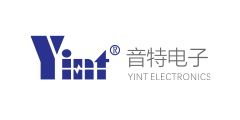
In the UWB positioning system, the layout of the positioning base station determines the dimensions of UWB positioning (zero-dimensional, one-dimensional, two-dimensional, and three-dimensional). The positioning base station can be set in two situations: fixed and mobile.
There are two main ways to communicate between UWB positioning base stations and positioning tags: ToF and TDoA.
ToF (Time of Flight) is a time-of-flight ranging method. By measuring the time from departure to return of the pulse signal, multiplying by the propagation speed (the propagation speed of the pulse signal in the air is a fixed value v=300 000km/s), the round trip is obtained. The distance once divided by 2 is the distance between the UWB positioning tag and the positioning base station.
TDoA (Time Difference of Arrival) Time Difference of Arrival method, is a method of calculation using time difference. Accurate absolute time is relatively difficult to measure. By comparing the time difference between signals reaching each UWB positioning base station and calculating the distance difference between the signal and each positioning base station, a hyperbola can be made with the positioning base station as the focus and the distance difference as the long axis. Three The intersection point of the set of hyperbolas is the position of the positioning label. ToF is a two-way ranging technology, while TDoA is a one-way ranging technology.
Main components of UWB positioning base station:
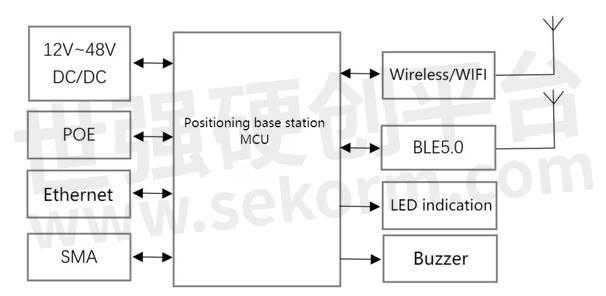
Fig.1
YINT Electronics provides effective circuit protection for UWB positioning base stations:
DC power supply: The power supply of the UWB positioning base station is mainly 12~48V DC power supply, and some are equipped with POE power supply ports. For a 12V~48VDC power supply, Yinte Electronics recommends an industrial-grade two-level surge protection solution. The protection circuit is as follows:
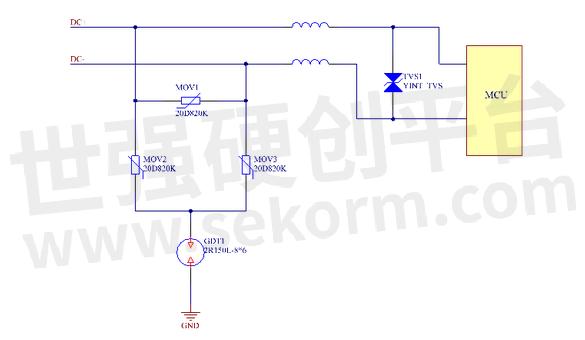
Fig.2
Table.1

Ethernet interface: Yint's electronic protection solution mainly protects the Ethernet communication module from transient overvoltage damage and provides surge protection for POE power extraction. The recommended circuit protection scheme is as follows:
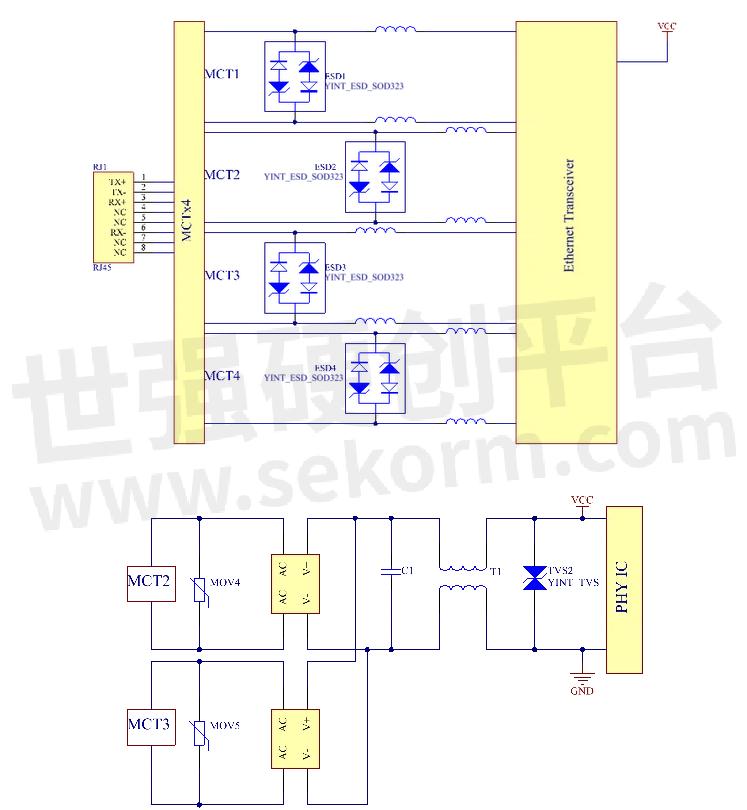
Fig.3
Table.2

Wireless communication end: Ultra-low capacitance 1pF TVS device is used for electrostatic overvoltage protection to avoid damage to the wireless module.
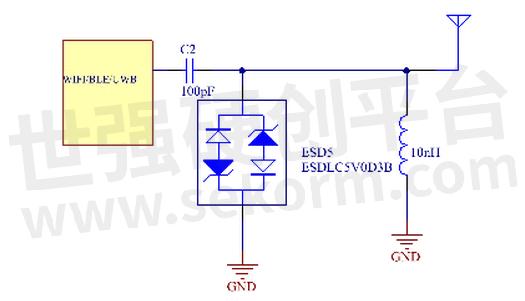
Fig.4
Table.3

- +1 Like
- Add to Favorites
Recommend
- A 12V DC Lightning Protection Solution from Yint
- Yint Electronics Recommends Using a Varistor for Input Overvoltage Protection of Smart Meters
- Yint Electronics MOV 14D561K, TVS SMBJ6.5CA P6SMBJ10CA for Power Line Carrier PLC Interface Circuit
- How To View The Importance Of Power Surges To The System?
- The Rise in Copper Prices And Its Impact on Electronic Component Costs
- The Applications of PPTC Protection Devices in Wireless Electronic Products, Battery Packs, Chargers, Power Converters and Transformers
- Yint Electronics provides the SD/TF Memory Card Interface Solution
- Yint‘s ESDSR05-4 TVS Meet the Electrostatic Protection Design Of SIM Card Reading Circuit
This document is provided by Sekorm Platform for VIP exclusive service. The copyright is owned by Sekorm. Without authorization, any medias, websites or individual are not allowed to reprint. When authorizing the reprint, the link of www.sekorm.com must be indicated.





























































































































































































































































































































































































































































































































































































































































































































































































































































































